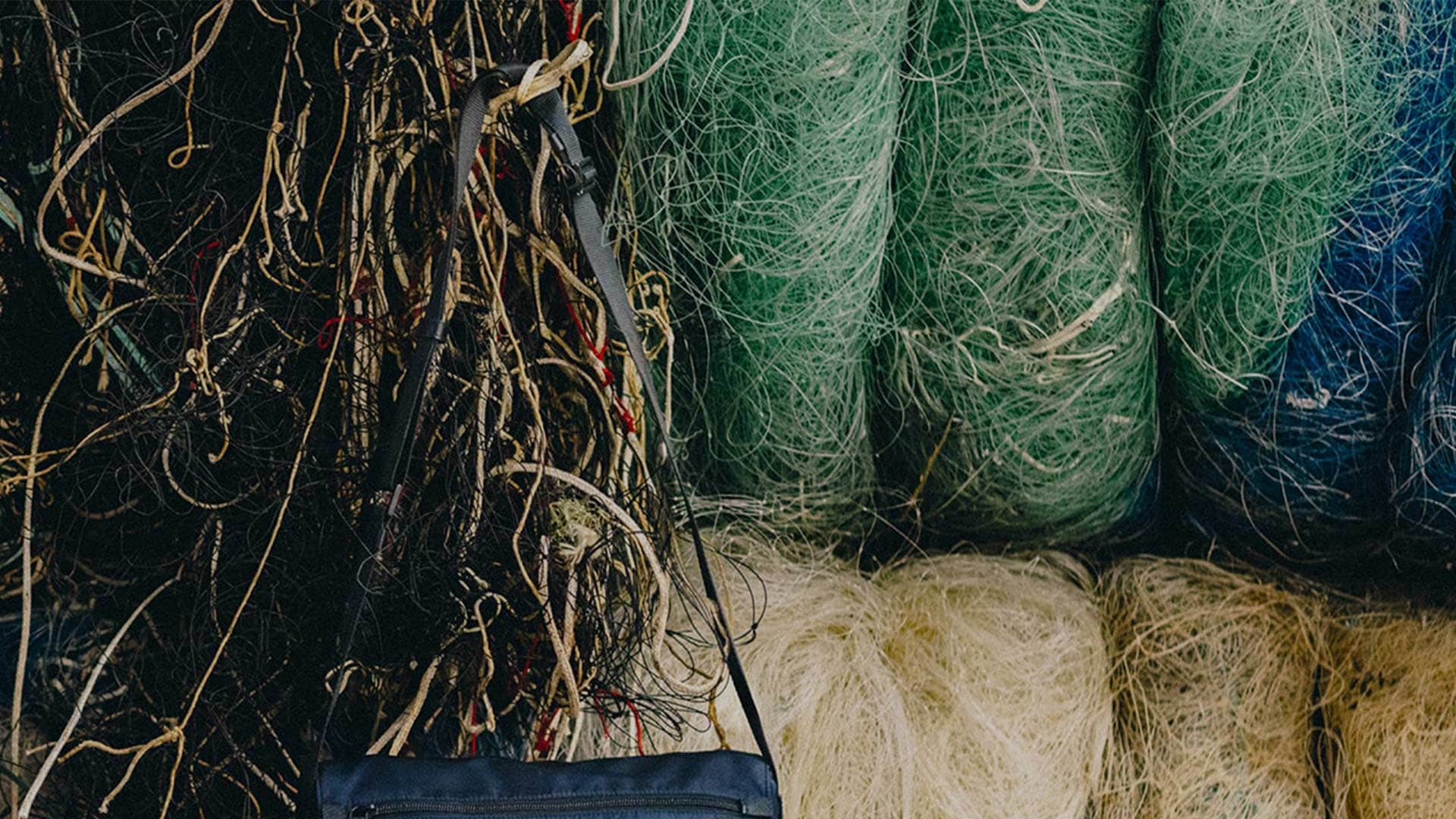HIGHLIGHTS
使命与价值观


保护环境及其生物多样性是Prada集团增长战略的基本要素,促进资源本身的未来可用性并巩固其供应链的稳健性与弹性。因此,从设计阶段开始解决原材料采购的潜在影响是集团的关键重点。
Prada Group is committed to sourcing and managing raw materials with a comprehensive approach that emphasizes not only the intrinsic value and high quality of the materials used, but also their origin and the ethical and sustainable manufacturing processes they undergo
Materials purchased for finished products in 2024
集团还通过实施动物福利政策加强了负责任的采购。
要进一步了解我们的相关目标,请下载Prada集团2024年可持续发展报告。
皮革
2022基准线
2024
2026目标年


Leather is one of the most important raw materials, accounting for 43% of the materials purchased in 2024 for finished products by Prada Group, which is committed to sourcing the highest quality leather in compliance with the standards and certifications set out in its Restricted Substances List (RSL).
The Group is also working to improve the traceability of its leather supply chain, with the aim of gathering comprehensive information on the entire process, from farm to finished product.
The Group recognizes that the processing phases of leather involve significant water consumption, chemical use and a potential risk of human rights violations, and that information on the origin of hides and skins is also crucial to the preservation of biodiversity and the elimination of the risk of deforestation.
↑ 上衣
尼龙与聚酯纤维
2022基准线
2024
2026目标年


Prada Group offers its clients a significant range of products made of alternatives to nature-based materials. In 2024, nylon and polyester accounted for 14% of the Group's total procurement, with a transition to a recycled offer over the years.
The Group was a pioneer in the use of recycled synthetic materials launching in 2019 Prada Re-Nylon Collection, made entirely from nylon regenerated by recycling plastics collected worldwide from landfills, textile fiber waste and the ocean.
In 2024, Prada also signed the Microfibre 2030 Commitment.
↑ 上衣
棉布
2022基准线
2024
2026目标年


Cotton is the Group’s main natural raw material, accounting for almost 12% of total purchases in 2024. The Group relies on certifications to mitigate potential negative impacts associated with cotton sourcing, with 45% of its cotton purchases having at least one of the following certification: GOTS, OCS, BCI or GRS.
↑ 上衣
粘胶纤维
2022基准线
2024
2026目标年


由于生产过程中涉及大量的化学工艺(例如使用溶剂和漂白剂),人造纤维素可能会对环境产生重大影响。此外,粘胶纤维生产与森林砍伐密切相关,该生产从树木(主要为硬木和软木树种)中提取木浆,因此需要砍伐这些树种用于生产纤维素。这一过程导致栖息地丧失和生物多样性退化。为了解决这些负面影响,集团制定了到2026年实现100% FSC认证或再生粘胶纤维的目标。
↑ 上衣
